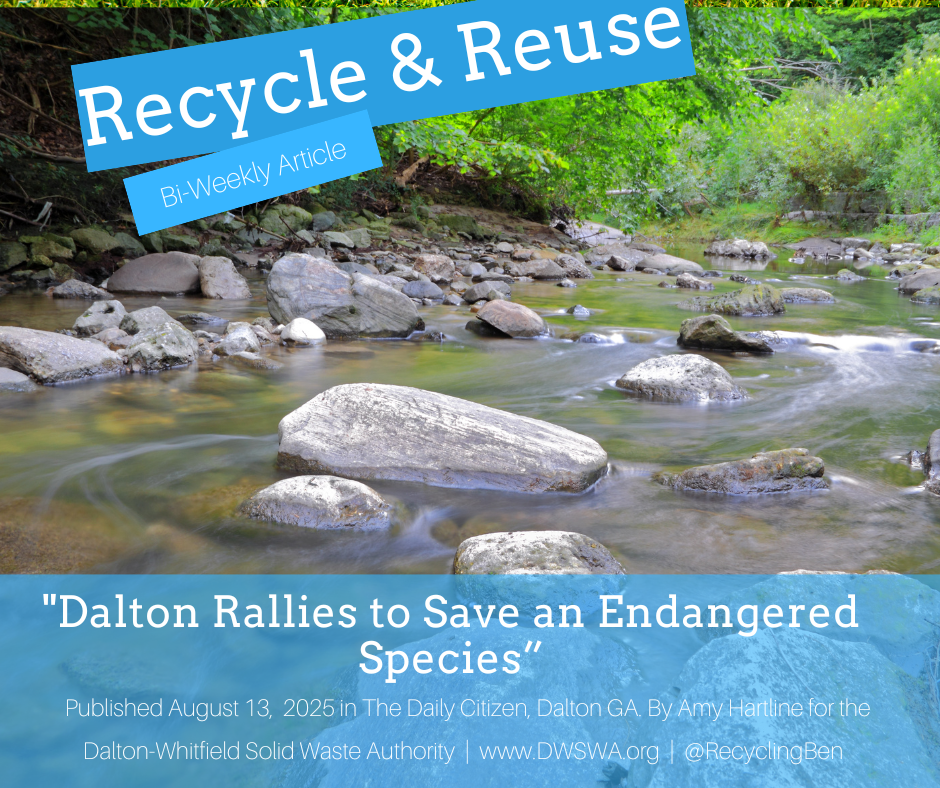Celebrating “Take A Child Outside Week”
/It’s “Take a Child Outside Week”, the perfect time to take children outdoors to explore the natural world.
Families all across the country have been taking their children outdoors this week for “Take a Child Outside Week.” It’s a program designed to help break down obstacles that keep children from discovering the natural world by empowering parents with ideas for outdoor activities. We know that spending time outdoors is good; it helps increase mental focus, reduce obesity, and connects children to the natural world. Thankfully, you don’t need to go far or spend a lot of money to enjoy the benefits of being in nature.
Time outside can be as simple as going to the backyard to toss a baseball. Or allowing your child to just sit outside, and read a book. All that is needed is a few extra minutes in your day to visit a nearby green space like a park, walking path, or garden. While adults may want to focus on their health and ride a bicycle, walk, or jog children can enjoy nature play, which can also be described as free play in a natural environment.
According to the guidebook Nature Play and Learning Places: Creating and managing places where children engage with nature by Robin C. Moore, released by the Natural Learning Initiative, and the National Wildlife Federation, Nature Play is defined as “a learning process, engaging children in working together, to develop physical skills, to exercise their imaginations, to stimulate poetic expression, to begin to understand the workings of the world around them.”
For an activity to be considered nature play it needs to allow a child to play and learn by manipulating natural elements in the environment while using their sensory, fine motor and gross motor skills. Building tiny forts or homes out of natural materials, moving rocks in a stream to see what happens to the water, or building stories or inventing dramas inspired by the materials available all contribute to self-directed active play. It may look like play time on the surface. But, children interacting with each other in a natural environment are learning and building skills, like creative problem solving, which can be applied at school and to life in general.
Even young toddlers learn outdoors by having space and tools to interact with natural materials. They can practice carrying, transporting, filling, dumping, stacking, sorting, and other skills. If the environment allows they can also climb, jump, tumble, pull themselves up, crawl, and explore the area around them. As a child grows they will increase in their abilities to observe, build, pretend, discover, and begin to develop teamwork skills. From toddlers to teens to adults, it’s never too late to interact with the natural world around us.
Getting kids to play outside is truly up to the parents. Adults need to step in and offer activities for kids to do outdoors and be good role models that enjoy being outside too. Pre-scheduling a weekly visit to a local park or hiking trail may be needed to get in the habit of making the outdoors a part of what your family enjoys.
Make your outdoor adventures go more smoothly by planning ahead. Take water, snacks, sunscreen, and even extra clothes in case you get wet or cold. Dress children with appropriate clothes for the weather, such as a raincoat during a light shower or mittens in the winter. At home, make the backyard an expansion of your living area. Have lunch or dinner together outside, set up a cozy reading area, have children do their homework or even play board games outdoors.
Here are two activities from the Nature Play guidebook to try today:
I Spy Through Animal Eyes: Children can be given free range to explore an outdoor area as they pretend to be animals. While exploring they can ask where the animal would go, what would they eat, where would they live? Later children may research more about that animal to find out if their deductions were correct. Parents or caregivers may want to provide binoculars or representations of animals that may be living in the area.
The Enchanted Forest: Add a little bit of magic to an outdoor play session by having caregivers play the role of talking trees. Children may learn facts about the trees during their conversation with the trees themselves. But most importantly children should be allowed to roam and explore and play with their new tree friends.
































